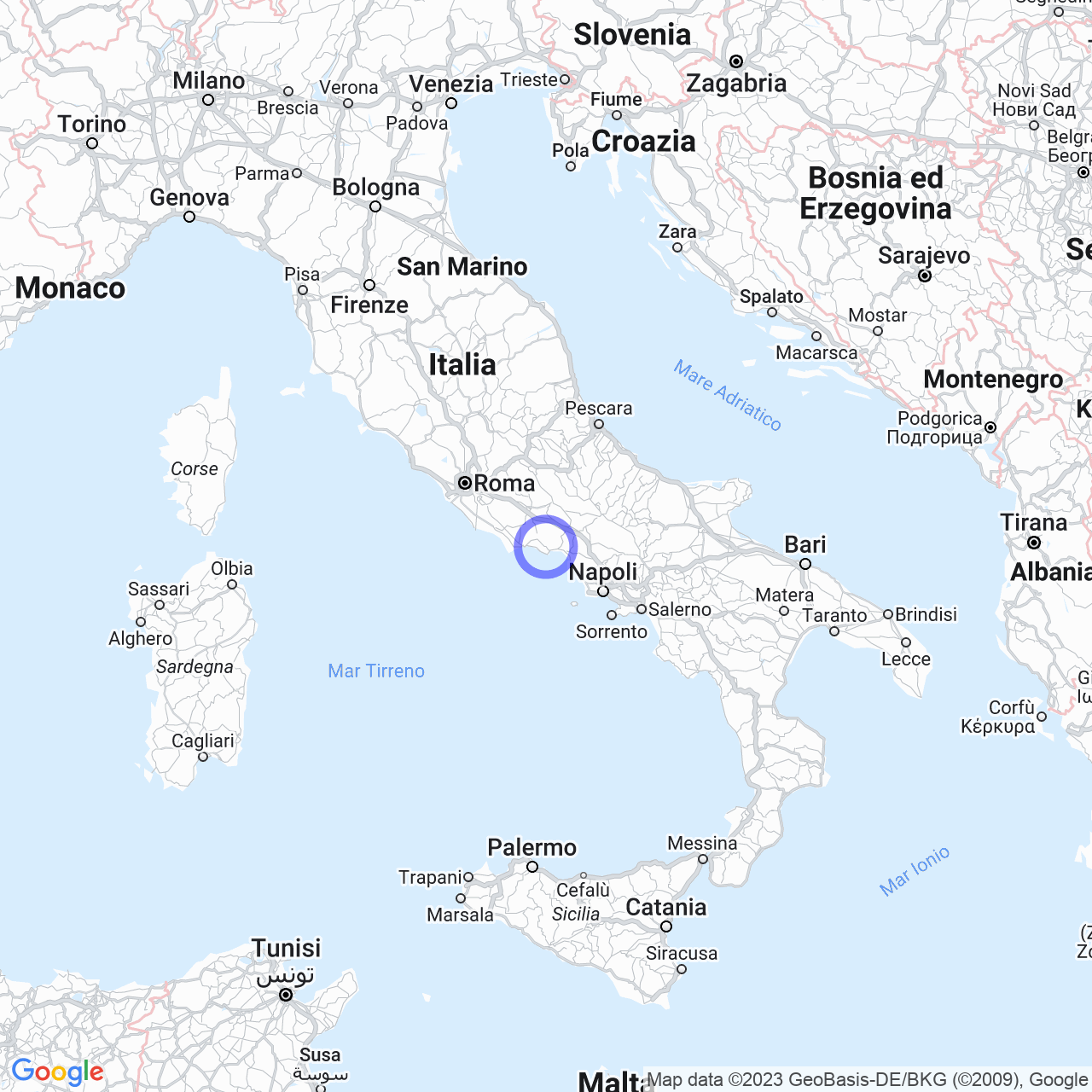Itri
C.) Itri's history is closely linked to the Appian Way, which crosses the town centre and has favoured settlements since ancient times. In 295 BC, the city was conquered by the Romans and its territory became a holiday resort for the Roman aristocracy, as evidenced by numerous archaeological remains. During the Middle Ages, Itri underwent various dominations, including the Lombards and the Normans, until it became part of the Kingdom of Two Sicilies. In 1861, with the Unification of Italy, Itri became part of the new national state.
Monuments and places of interest
Medieval Castle
One of the most important places of interest in Itri is the Medieval Castle, located on top of a hill not far from the town centre. Built in the 10th century by the Lombards and expanded by the Normans, the castle has a very suggestive architecture, with a surrounding wall and five towers of varying sizes. Inside, it is possible to admire the Chapel of San Michele, frescoed in the 16th century.

Church of San Michele Arcangelo
The Church of San Michele Arcangelo is another place of interest in Itri. Built in the 11th century in Romanesque style, the church underwent various modifications over the centuries, taking on its current appearance in the 18th century. Inside, there are numerous frescoes and works of art of great value.
Barberini Palace
Barberini Palace, located in the homonymous square in the town centre, is a historic building dating back to the 17th century. Today, it houses the Town Hall of Itri and the Municipal Library.
Events and traditions
Festival of San Michele Arcangelo
The Festival of San Michele Arcangelo, patron saint of Itri, is celebrated on September 29. On this occasion, the town centre comes alive with processions, drummers, flag wavers and fireworks.
Carnival
The Carnival of Itri is one of the most anticipated events of the year. Allegorical floats and masks invade the streets of the town, providing entertainment and fun for both adults and children.
Festival of San Rocco
The Festival of San Rocco takes place on August 16 and includes a solemn procession in honour of the patron saint of the plague-stricken.
Cuisine
Itri's cuisine is linked to the agricultural and pastoral tradition of the area. Among the typical dishes of the town are "pizzicotti", a fresh pasta filled with ricotta and spinach, and "ciccioli", obtained from the processing of pork fat. Itri's cuisine is also influenced by its proximity to the sea, with dishes based on fresh fish such as "mussel soup" and "stuffed calamari".
Economy
The economy of Itri is mainly based on agriculture and livestock farming. Olive trees, vegetables, cereals and fruit are grown in the surrounding area of the town, while livestock farming mainly involves sheep and cattle. Handicrafts are another important economic resource, with the production of furniture, ceramics and wrought iron artifacts.
Sports
Itri offers numerous opportunities for sports enthusiasts. Thanks to the presence of the Aurunci Mountains, it is possible to practice hiking, trekking and mountain biking. The area is also ideal for climbing enthusiasts. For those who prefer water sports, the proximity to the sea allows for windsurfing, kitesurfing and sportfishing.
Conclusion
Itri is a municipality in the province of Latina that offers a great variety of tourist and cultural attractions, starting from the Medieval Castle and the Church of San Michele Arcangelo. The beauty of the territory, with mountains and sea close to each other, allows for numerous sports activities and breathtaking landscapes. The local cuisine, based on the agricultural and pastoral tradition, offers genuine and tasty dishes. In summary, Itri is the ideal place for those who want to spend a holiday immersed in nature, culture and good food.
